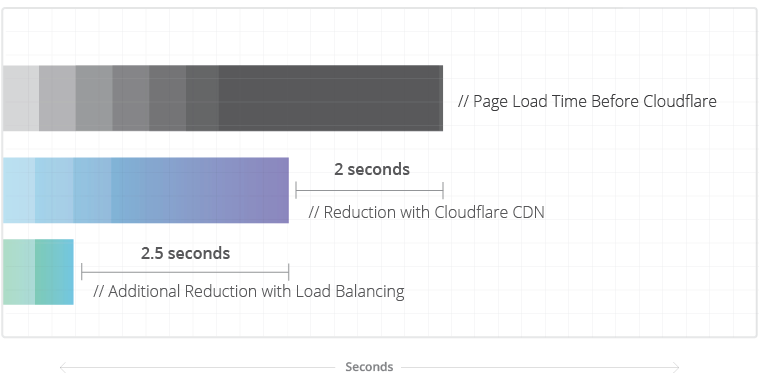Crisp
Crisp uses Cloudflare’s Load Balancing to improve the global performance of their customer relationship application.
Crisp is a SaaS based customer relationship application, providing customers with features such as a chat box, email replies, and an operator dashboard to quickly reply to customer queries. Crisp targets the unpenetrated markets of Eastern Europe, Asia, and the Middle East, where a customer relationship solution doesn’t exist or customers are in need of replacing outdated and expensive legacy technology.
Crisp’s Challenge: Ensure Global Performance While Maintaining Local Infrastructure
As Crisp expanded, they wanted to minimize additional overhead by maintaining their European based infrastructure, while still providing customers with a high performing platform. Valérian Saliou, CTO at Crisp, explained that “We initially had a lot of issues with latency in Asia because it took time for the dynamic content of our chat application to go back and forth between the user and our servers in Europe. We’ve been using Cloudflare’s CDN from day one, which immediately helped improve the delivery of static assets by a couple of seconds, but we were still looking to optimize the delivery of our dynamic content through an solution that would allow us to maintain our European infrastructure.”

Crisp’s Solution: A Cloud-Based, Global Load Balancer
When Crisp saw Cloudflare’s Load Balancing Early Access offering, they opted into the program to see if they could leverage it to help with the latency they were seeing with dynamic content. Cloudflare’s Global Load Balancing routes Crisp’s customers to the origin server closest to them, which not only shortens the distance content needs to travel, but also allows for cryptographic termination closer to the end user—ensuring minimal latency for the end user. The results were better than Crisp could’ve hoped— “When we rolled out Cloudflare Load Balancing,” Saliou explained “to route traffic across our atlas of websocket servers (tunneled into our core infrastructure through a VPN), we immediately got messages from customers in Asia and Oceania thanking us for the improvement.” With Load Balancing, Crisp saw latency times of their dynamic content drop an additional 2-3 seconds. Plus, with Health Checks and Failover built into Cloudflare Load Balancing, Crisp’s customers enjoy continual unfettered performance through Crisp’s ability to monitor the health of their websocket servers and automatically shift traffic to healthy servers when a server is experiencing poor performance.
When Crisp released their API to the public, they also saw the benefits of Cloudflare Rules and DDoS protection. “We default to caching everything to help save on bandwidth, and then use Cache Rules to specify exceptions for our API and different TTLs for certain services” Saliou explained. Furthermore, Crisp enjoys the protection they have for their API with Cloudflare’s DDoS protection. Saliou continued, “So far we’ve stopped 2 attacks that were trying to take our API offline with I'm Under Attack Mode, and didn’t experience any disruption in service.”
Saliou concluded that “Even if we didn’t consider cost, which was a big factor in our decision-making, Cloudflare still outperforms competitors in terms of service, onboarding and ease of use.”

Global Load Balancing reduced latency for international customers by 2-3s
I'm Under Attack Mode mitigated DDoS attacks without any disruption in service
Affordably scaled internationally while maintaining local infrastructure
“Cloudflare maximized service quality and minimized service response time for Crisp. It's a commoditization of expensive network infrastructure for the masses. We can’t live without it.”
Valérian Saliou
CTO